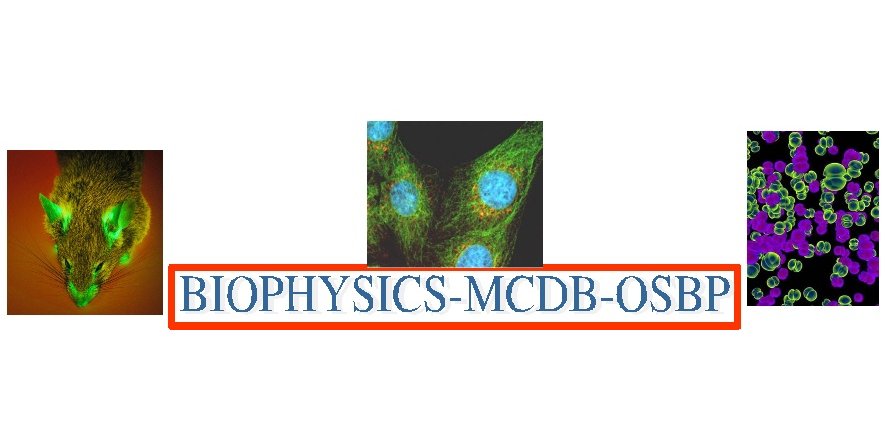Interdisciplinary Graduate Programs Symposium

2010 OSU Molecular Life Sciences
Interdisciplinary Graduate Programs Symposium

Poster abstracts
Abstract:
Inherited predisposition to breast cancer involves mutations in either one of the known breast cancer associated genes, BRCA1 or BRCA2 in about 40% of cases. The search for other “BRCA” genes has not identified any new candidate gene, though there are families with breast cancer predisposition and no known mutation of either BRCA1 or BRCA2. It is possible that the remaining familial cases of breast cancer are due to gene mutations that have low penetrance for the breast cancer phenotype, and this low penetrance would complicate their discovery.
To find genes and proteins that collaborate with BRCA1 or BRCA2 in the pathogenesis of breast cancer, we analyzed publicly available microarray databases to find genes whose expression is tightly correlated with the levels of expression of BRCA1 and BRCA2. Candidate BRCA interactors were then tested using two biological processes regulated by BRCA1 and BRCA2: homologous recombination repair and control of centrosome number. In this study, we focused on KIAA0101, a protein we found to powerfully control centrosome numbers and to interact with BRCA1. The effect of KIAA0101 on centrosomes is likely direct since its depletion does not affect the cell cycle, and KIAA0101 localizes to regions coincident with the centrosomes. We analyzed whether KIAA0101 protein is overexpressed in breast cancer tumor samples in tissue microarrays, and we found that overexpression of KIAA0101 correlated with positive KI67 staining, a biomarker associated with increased disease severity. KIAA0101 also showed a trend of expression that correlated with the triple negatives (ER, PR, and Her2).
This study proves the significance of using bioinformatics in finding genes/proteins that might function in BRCA1 controlled pathways, and identifies KIAA0101 as a protein that may be important for breast tumorigenesis, and since this factor has been reported as a UV repair factor, it may link the UV damage response to centrosome control.
Keywords: BRCA1, BREAST CANCER, KIAA0101, Centrosomes